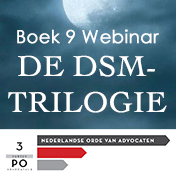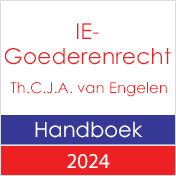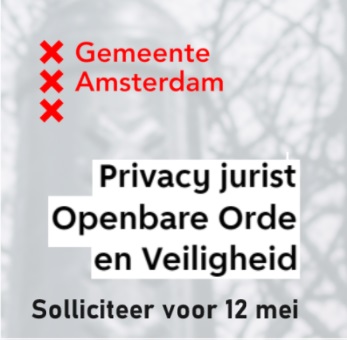
Merkenrecht. Beroep door de aanvrager van het woordteken “CLOVER CANYON” tegen de toegewezen oppositie van de houder van het woordmerk “CANYON”, beide ingeschreven voor kleding.
Het beroep wordt afgewezen. Er is sprake van verwarringsgevaar. De waren waarvoor beide merken zijn ingeschreven zijn identiek. Visueel stemmen de merken overeen omdat ze het element ‘canyon’ gemeen hebben. Dat de merken verschillen door het element ‘clover’ doet niet af aan de visuele overeenstemming die wordt bereikt doordat het element ‘canyon’ in zijn geheel is overgenomen. Fonetisch stemmen de merken ook overeen omdat ‘canyon’ in beide merken hetzelfde wordt uitgesproken. Conceptueel stemmen de merken overeen omdat ‘canyon’ door het relevante, Duitse publiek wordt begrepen als een diepe kloof en ‘clover’ over het algmeen geen betekenis heeft voor het relevante publiek. Het GEU oordeelt voorts dat het oudere merk een zwak onderscheidend vermogen heeft.
56. In addition, it must be reiterated that the element ‘canyon’ is identical for the two signs at issue and that the additional element ‘clover’ in the mark applied for does not convey any notion which may be identified by the relevant public (see paragraph 40 above). Contrary to the applicant’s claims, the fact that the signs at issue differ as a result of the additional element in the mark applied for, even if that element has no meaning for the relevant public, is insufficient to counteract the visual and phonetic similarities created by the element ‘canyon’, common to both signs, and their conceptual similarity, precisely because that element refers to the same concept of a deep gorge through which a river typically flows.
57. It follows that, overall, having regard to the fact the relevant public is composed of the average consumer belonging to the general public with an average level of attention, the goods designated by the marks at issue are identical, the signs at issue are similar and the earlier mark enjoys an average degree of distinctiveness for the goods it designates, the Board of Appeal was fully entitled to conclude that there was a likelihood of confusion within the meaning of Article 8(1)(b) of Regulation No 207/2009.
Lees het arrest hier.



























































